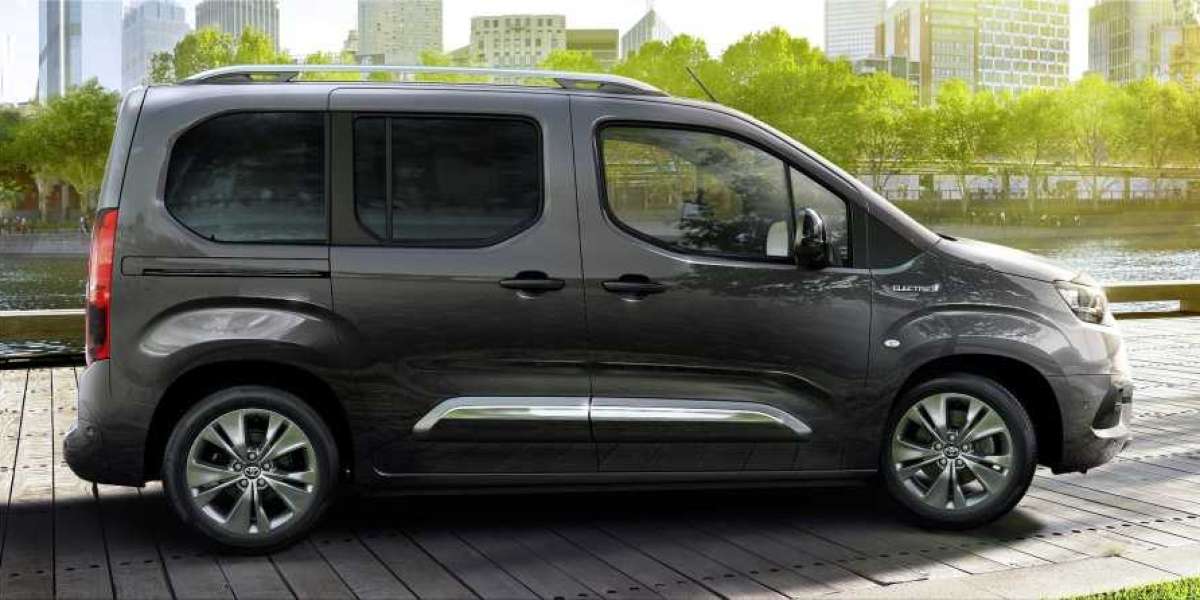Introduction
HVDC Transmission Market is exhibiting a compound annual growth rate (CAGR) of 8.60% during the forecast period (2023–2032).
Electricity is the lifeblood of our modern world, and its efficient transmission is crucial for powering homes, industries, and businesses. High Voltage Direct Current (HVDC) transmission systems have emerged as a game-changing technology for efficiently transmitting electricity over long distances, bridging the gap between generation and consumption centers. In this blog, we will explore the world of HVDC transmission systems, their advantages, and how they are transforming the power industry.
Understanding HVDC Transmission
HVDC transmission is a technology that enables the efficient transfer of electricity over long distances using direct current (DC). Unlike the traditional Alternating Current (AC) transmission, HVDC systems convert AC power into DC power before transmission and convert it back into AC power at the receiving end. This conversion process offers several key benefits, including:
- Reduced Losses: DC transmission experiences lower energy losses compared to AC transmission, making it ideal for long-distance power transmission.
- Voltage Control: HVDC systems provide precise control over voltage, frequency, and power flow, ensuring a stable and reliable power supply.
- Enhanced Grid Reliability: HVDC systems can stabilize the grid by controlling power flow and mitigating disturbances, such as voltage sags and fluctuations.
- Integration of Renewable Energy: HVDC technology facilitates the integration of renewable energy sources, enabling the efficient transport of clean energy from remote areas to urban centers.
Types of HVDC Transmission
There are two primary types of HVDC transmission systems:
- Line-Commutated Converter (LCC): LCC-HVDC systems use thyristor-based converters and are typically employed for long-distance power transmission. They are well-suited for point-to-point connections and often operate at higher voltage levels.
- Voltage-Source Converter (VSC): VSC-HVDC systems employ insulated gate bipolar transistors (IGBT) and are more versatile. They can connect multiple AC grids, enabling the interconnection of diverse power sources and grids. VSC-HVDC is often used for offshore wind farms and grid interconnections.
Applications of HVDC Transmission
HVDC transmission systems have a wide range of applications, including:
- Interconnecting Grids: HVDC links enable the connection of asynchronous AC grids, helping to stabilize the grid and improve power exchange between regions or countries.
- Renewable Energy Integration: HVDC facilitates the transmission of electricity generated from remote renewable sources, such as offshore wind farms and solar arrays, to areas with high energy demand.
- Undersea Power Transmission: HVDC is the preferred choice for undersea cable connections due to its low transmission losses and ability to handle long underwater distances.
- Cross-Border Power Trading: HVDC interconnections between neighboring countries allow for efficient cross-border power trading and resource sharing.
Conclusion
High Voltage Direct Current (HVDC) transmission systems represent a critical innovation in the world of electricity transmission. They offer enhanced efficiency, improved grid reliability, and the ability to connect remote renewable energy sources to urban centers. As our world continues to transition toward cleaner and more sustainable energy solutions, HVDC technology will play a pivotal role in shaping the future of the power industry. It's a powerful tool in our quest to harness and transmit electrical energy more efficiently and sustainably.
More Trending Reports:








